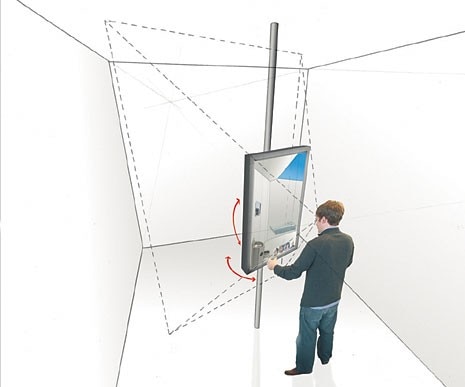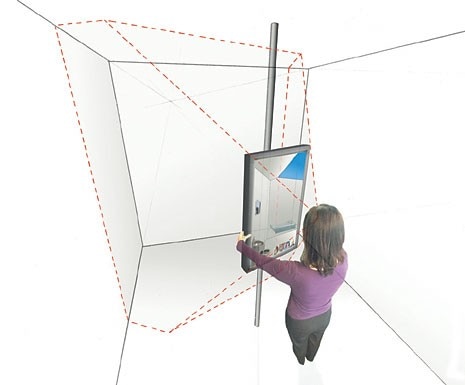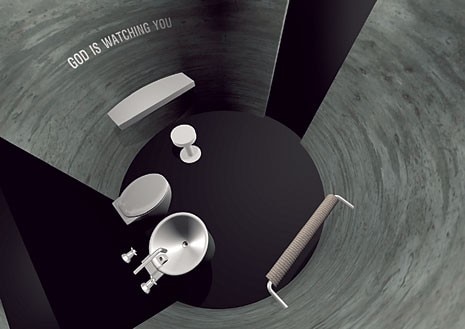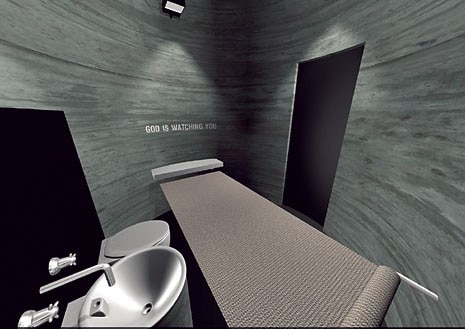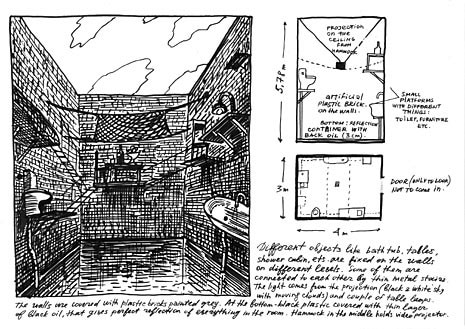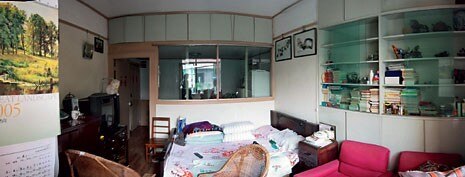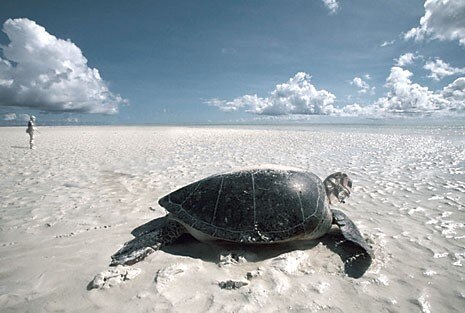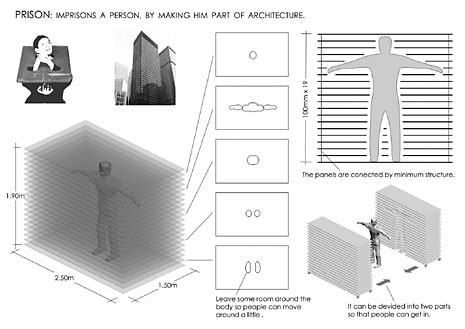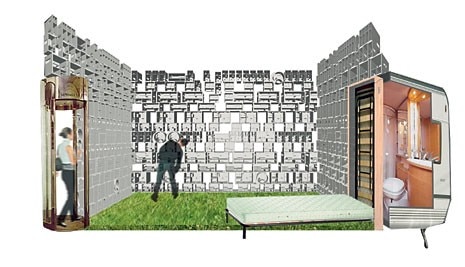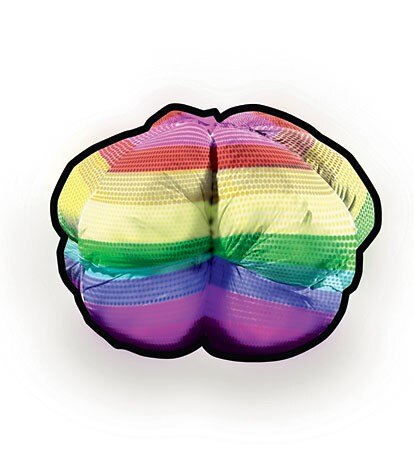Whether or not we agree that architecture has a role in reforming the socially complex problems of the prison, incarceration is undoubtedly a spatial issue: the prison isolates the criminal at a safe distance from the fluid space of the public and places him or her within an irreducible space deemed habitable. Punishment is calculated along a spatio-temporal matrix: the more serious the crime, the more punitive the space and the longer the prisoner is condemned to it. This punishment formula comes into question with criminal acts of ethical ambiguity. Consider, for example, the public figure accused of a white-collar crime who is tried before the cameras “in the court of public opinion”, convicted, and sent to minimum security prison (Club Fed). What should confinement mean in terms of space, communication, and the suspension of a life that does not put society at risk? Or at the other extreme, consider the “enemy combatant” – a product of the post-Patriot Act political climate, perceived as a threat to national security and detained indefinitely in solitary confinement in a high-security military compound, outside international law. What is this space of limbo? And what about the vast majority of inmates doubly punished in overcrowded prisons, without proper healthcare, who have become victims of a criminal–justice–penal system that has forsaken the mission of rehabilitation for incarceration as an end in itself? How do we define minimum and maximum security, limitations of freedom, controller/controlled? In emphatically reconnecting the current logic of carceral practice with the more utopian promise of rehabilitation and reform, we propose a new calculus to determine spatial confinement: one that recognises the diversity of the prison population and can be customised to the individual, while simultaneously providing all inmates with a safe, humane environment in communication (however regulated) with a rapidly changing world.
New technologies make it possible to decouple the punitive effect of the cell from its security function and to produce a differentiation and gradation of conditions, enclosure, surveillance and porosity. This revised calculus will allow for the design of the cell as a nuanced kit of parts based on a one-size-fitsall shell, which can be augmented with a series of options that accommodate both isolation and the need for privacy, opportunities for social interaction and access to light, fresh air, climate control, view, information, and communications. This system of variables will be designed digitally. The designated cell-sized gallery at the Fondazione Sandretto Re Rebaudengo will be an empty white background but for a touch-screen video monitor mounted on a central column with a dual pivoting extension arm. The screen will be the interface for an intricate and politically charged interactive video game of sorts. Visitors will be asked to help rethink sentencing guidelines and their spatial translation. The visitor will engage a matrix of crimes that prompt reflection about cultural mores: drug use, sexual deviance, insider trading, conspiracy, disturbing the peace, unlawful conduct, illegal immigration, etc. The visitor will factor in aggravating and mitigating circumstances to render a potential sentence. The screen will display the resulting cell design in Quicktime VR. By pointing the screen in any direction, left-right-up-down, the view will be displayed as a virtual transparency aligned perfectly with the space beyond. The image of the cell will morph with changing attributes that challenge the existing themes of isolation and confinement which remain central to the model of the prison.
